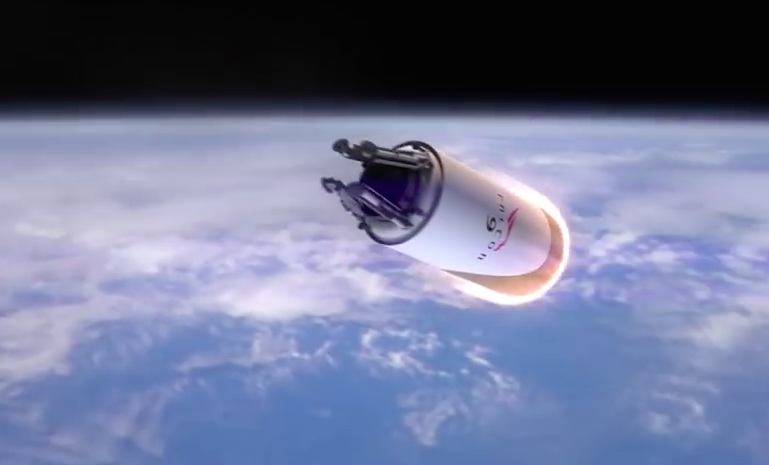
Elon Musk said last week he is “fairly confident” his company’s Falcon rockets can be made fully reusable within a couple of years.

Australian builder is offering solar and battery storage as standard. It comes with a Tesla Powerwall 2, which offers 13.5kWh of storage capacity. This combo should allow a family to meet 90% of their own energy needs.

Current wildfire policy can't adequately protect people, homes and ecosystems from the longer, hotter fire seasons climate change is causing

Using the ALMA, astronomers have revealed extraordinary details about a recently discovered far-flung member of our Solar System, the planetary body 2014 UZ224, more informally known as DeeDee.

Taiwan is the first country in Asia to make the actual consumption of dog and cat meat punishable by law.

A team of astronomers in Canada used the space-bending effects of dark-matter to see the unseeable.
Saturn's sixth-largest moon is incredibly far from the sun, but new research shows that it could probably sustain life.

Singapore and German researchers succeeded in developing and fabricating the first full-size interdigitated back contact (IBC) bifacial solar module in the world. The groundbreaking module could last longer and generate more power.

The researchers calculated that the combination of sunshine and CO2 at the end of this century would already be equivalent to the Eocene climate 50 million years ago, the warmest time period since the dinosaurs reigned.

In debates over the future of artificial intelligence, many experts think of the new systems as coldly logical and objectively rational. But in a new study, researchers have demonstrated how machines can be reflections of us in problematic ways.

Recent research has shown that DNA methylation, an epigenetic modification is so accurate that chronological age in humans can be predicted +/- 3.6 years from any tissue or fluid in the body. This is referred to as the epigenetic clock.

In a first-of-its-kind study, scientists will disperse aerosols into the stratosphere in initial tests of a controversial technique for blocking incoming solar radiation.

With 4D printing, the element of time becomes part of the printing system, resulting in materials that emerge with one shape but then morph into another.

The research grants provide funding for new studies of spacecraft propulsion, synthetic biology and more